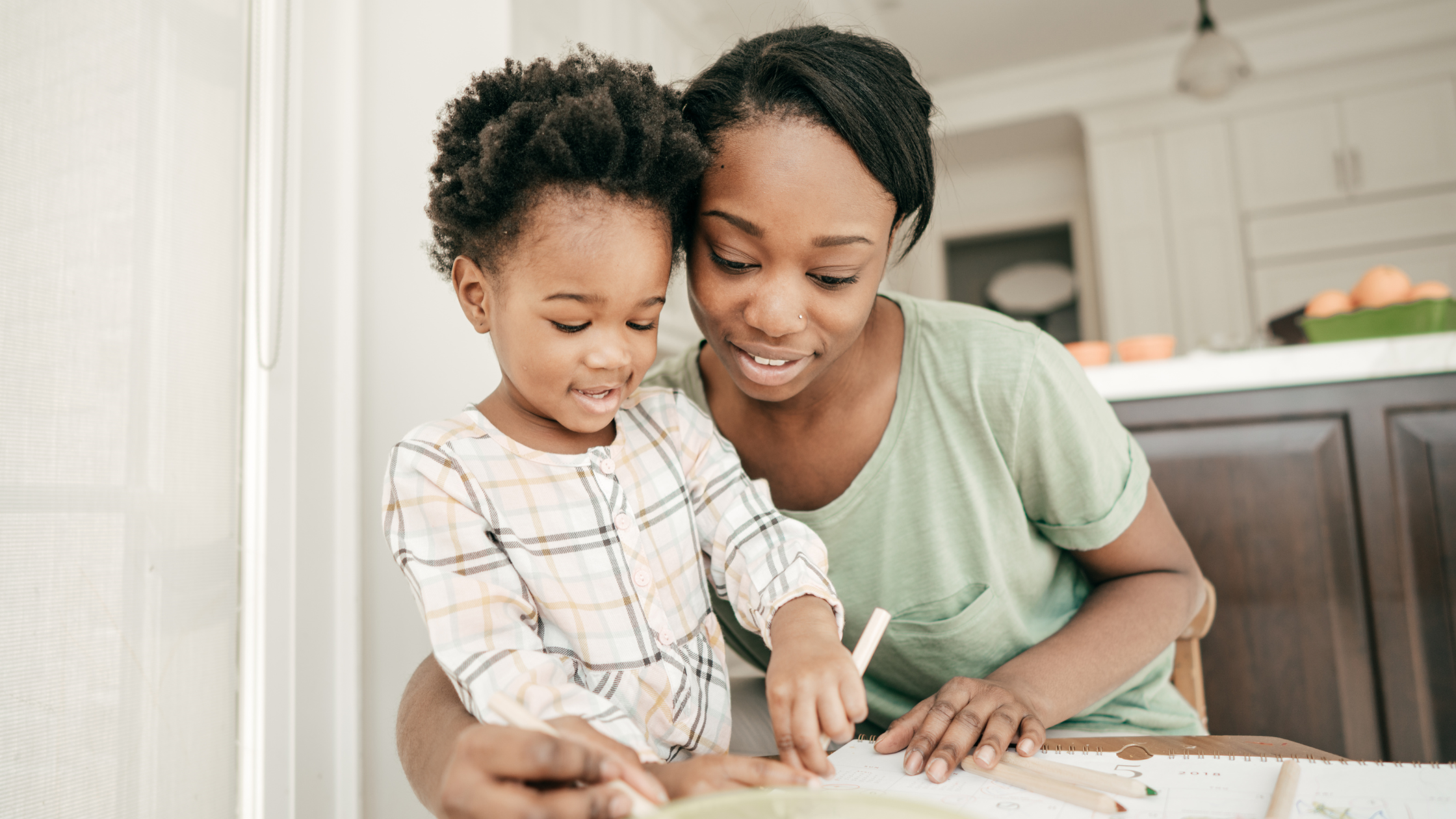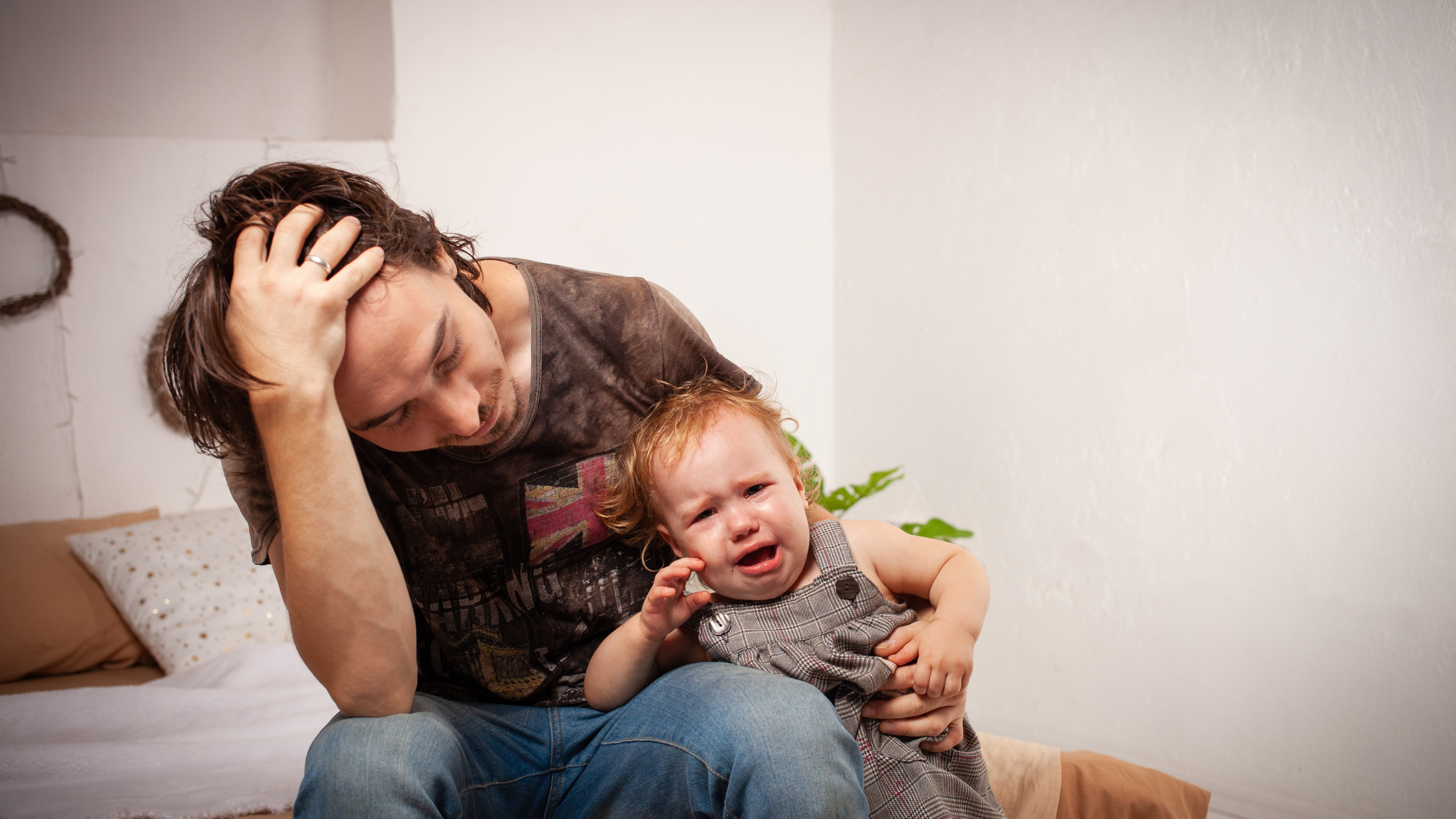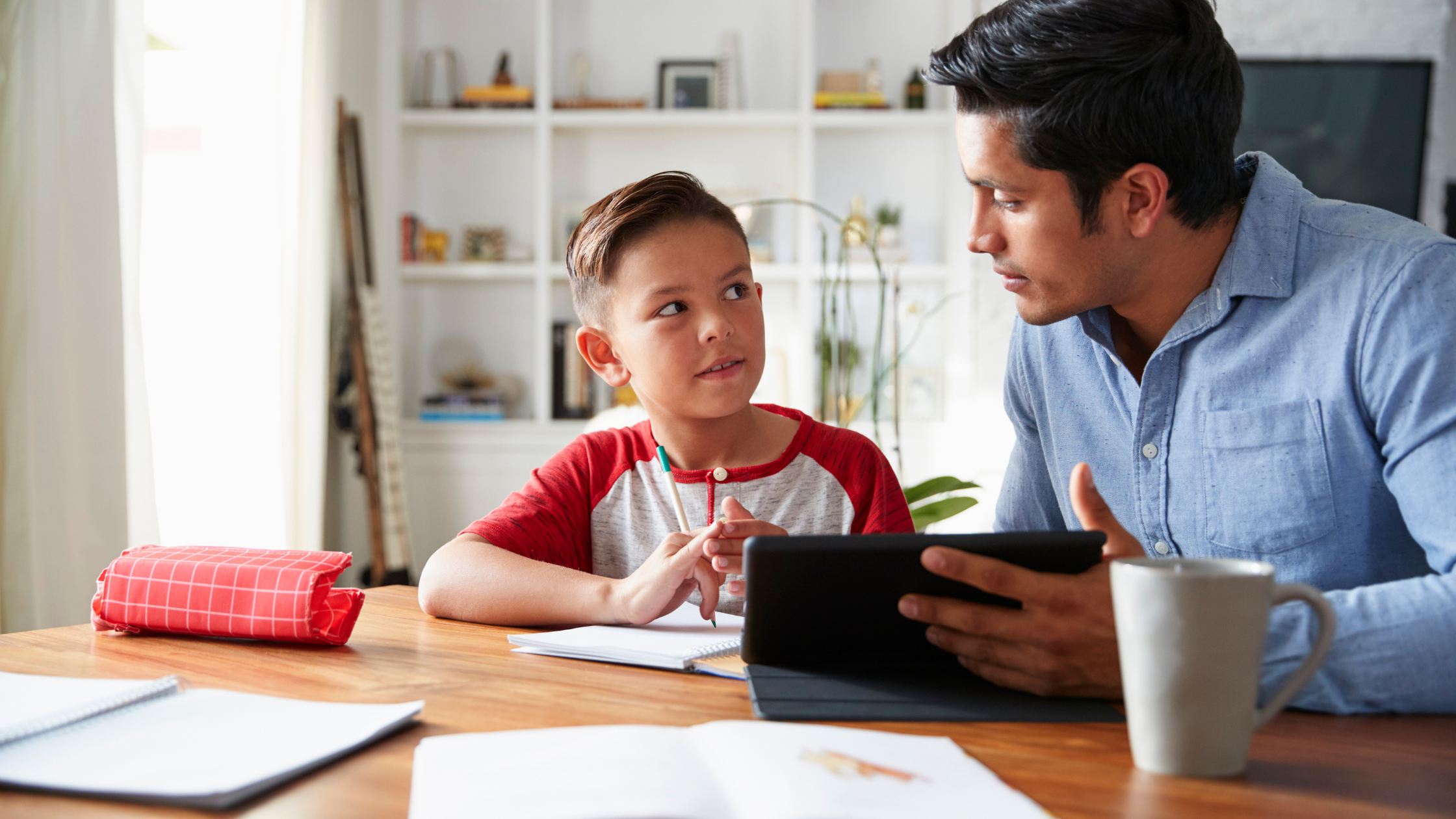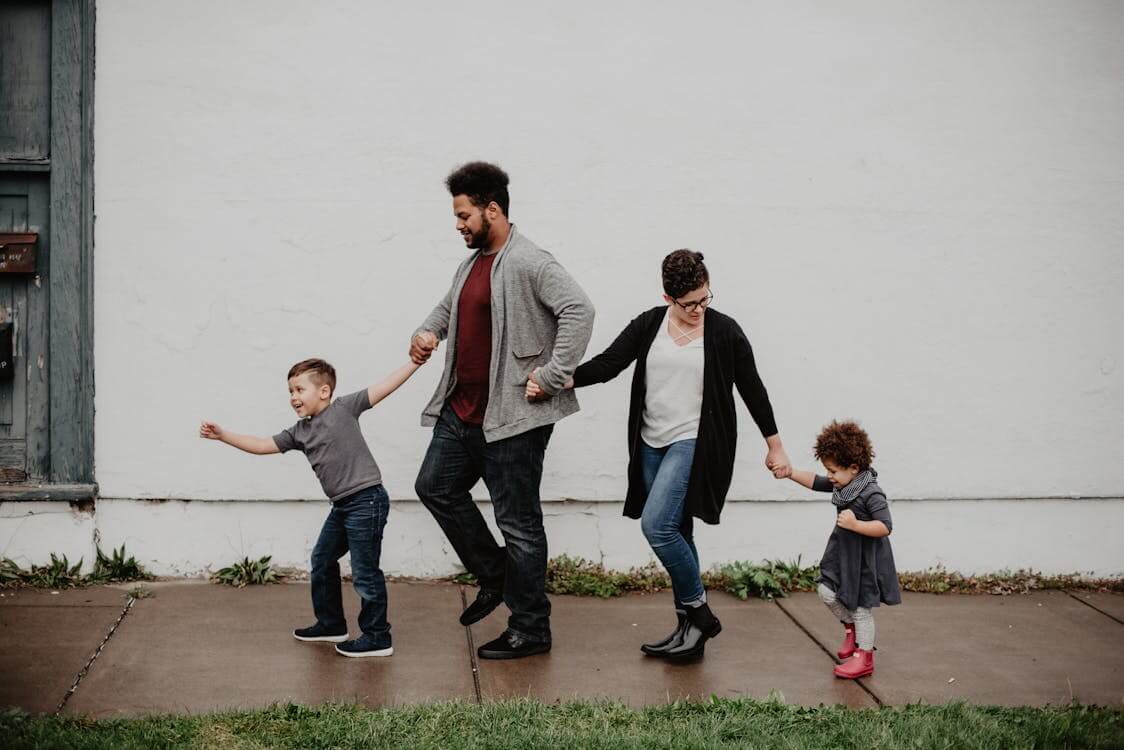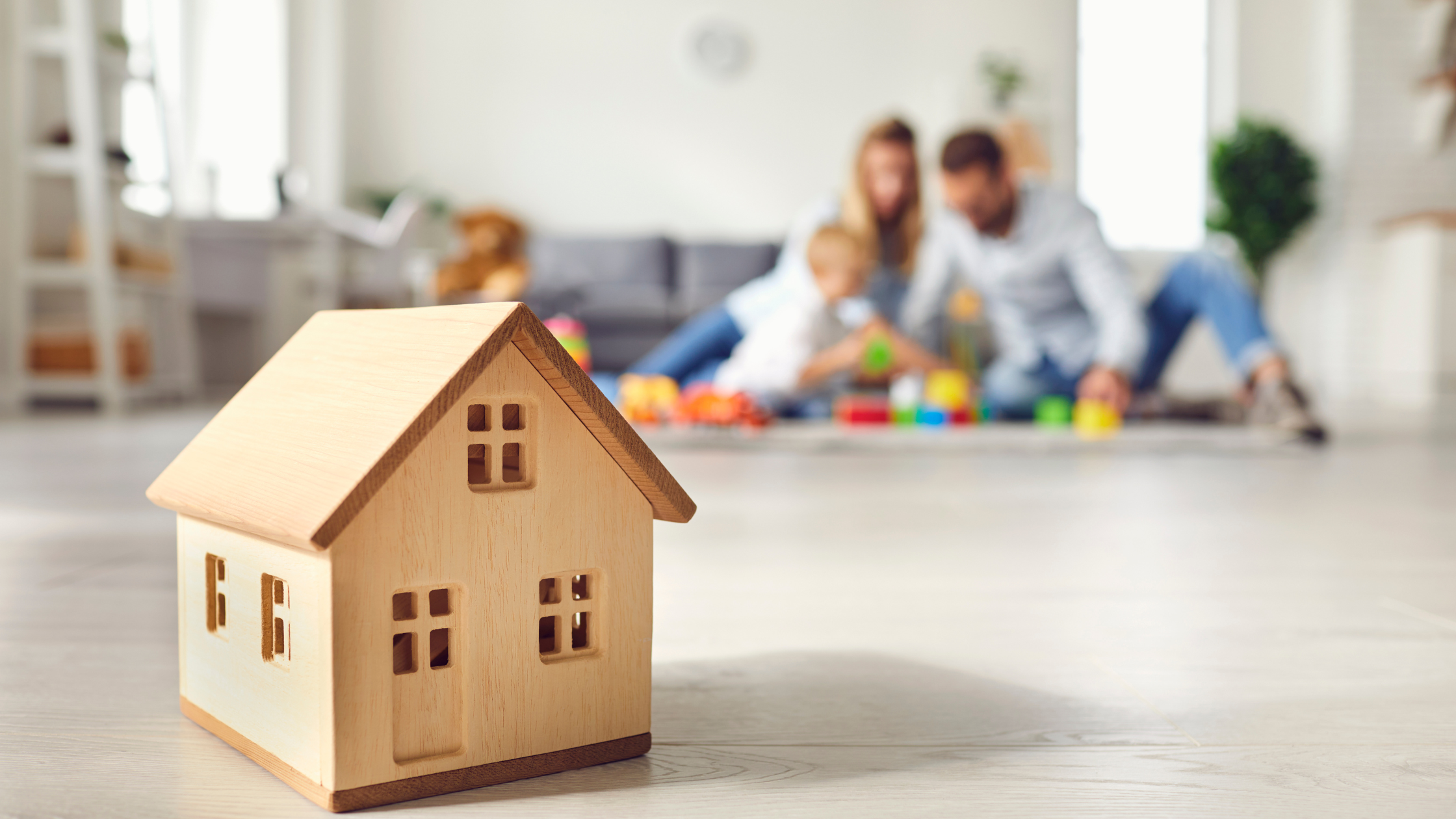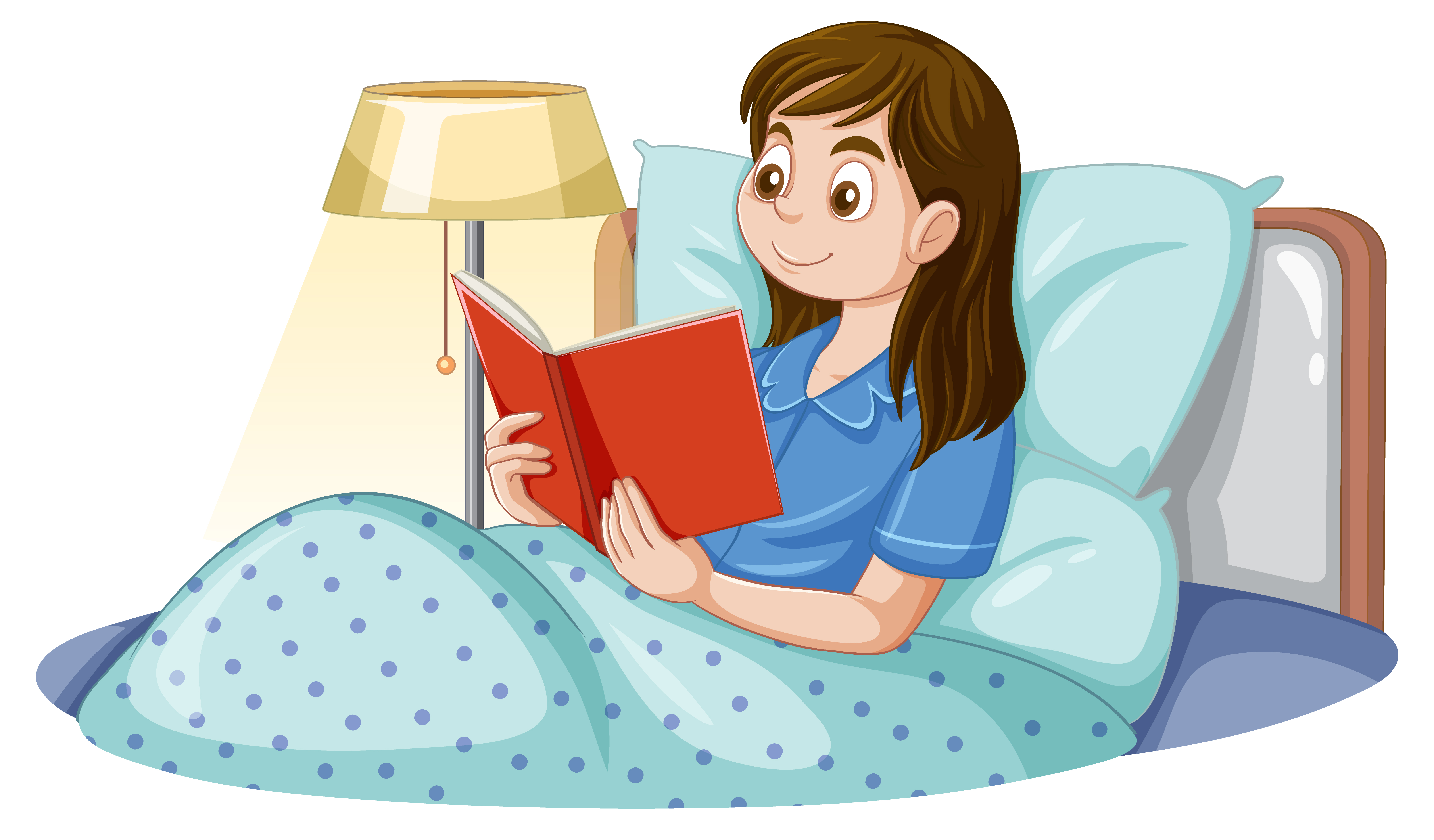Written by Cindy Hovington, Ph.D. Founder of Curious Neuron or @curious_neuron, Host of the Curious Neuron Podcast
Supporting your child’s mental health can be an overwhelming task. What contributes to my child’s mental health? Should my child express their emotions externally? What are signs my child is struggling with their mental health? How does our own mental health impact our child?
Supporting your child’s mental health will be broken down into 2 blog posts outlining what contributes to your child’s mental health and how you can support them.
Part 1: How are emotion regulation skills linked to your child’s mental health?
Part 2: What can parents do to protect their child’s mental health?
Our conversation around mental health needs to start from birth. Understanding your child’s nervous system and how their early environment helps shape their nervous system can help us understand the current state of coping with emotions.
Our childhood creates a regulated or dysregulated nervous system:
When an infant cries, their brain is stressed and dysregulated. It is looking for someone external to help them calm down and feel safe and soothed. The book written by Dr. Dan Siegal called The Power of Showing Up describes this in great detail.
Small stressors are normal in any child’s life. Moments when a parent can’t attend to them right away or falling down and getting hurt. Stress hormones, called cortisol, can increase but as soon as the child is soothed again, everything returns to baseline, aka becomes regulated. What can become an issue is constant dysregulation. In a home with physical or emotional violence for instance, a child’s system is under constant stress of not feeling safe (even if they are not being abused).
This type of early environment can lead to an adult brain that is in constant “fight or flight” mode aka dysregulated. Research has shown that this increases the risk of anxiety and depression (Jaworska-Andryszewska et al. 2019). There are physical health consequences as well such as higher blood pressure or increased chances of heart disease (Hughes et al. 2017).
The good news is that this can be reversed by creating strong connections with people and communities as well as teaching a child how to have healthy coping mechanisms for their emotions (Gunnar et al. 2017). These are called emotion regulation skills.
What are emotion regulation skills?
Emotion regulation skills are how we cope with emotional situations both internally and externally. There are many ways to respond to emotionally stimulating situations. Some ways of responding use adaptive emotion regulation skills (healthy ways of responding such as communicating feelings or trying to change how strongly the situation impacts you) or maladaptive ways (such as internalizing emotions and not talking about them or losing control and yelling) (Huh et al. 2017). Let’s say, your partner were to yell at you. You can either yell back and storm out of the room fuming or, you can take a slow breath and ask them to speak to you calmly.
Our childhood shapes our emotion regulation skills based on 3 important factors in our environment (Hajal et al 2020):
-
How our parents model their own emotions
-
The parenting style we are raised under (nurturing or strict)
-
How our parents or the caregivers in our home regulate their own emotions when arguing
Similar to our nervous system, if we have not learned any emotion regulation skills during childhood, we can learn them as adults. However, if we have been implementing maladaptive emotion regulation strategies, there is a higher chance that we are also struggling with anxiety or depression as adults. Thus, this would need to be addressed as well.
How are my child’s emotions linked to their behavior: A few tips to get you started
It is important for us to make this link because way too often in my years of working with parents and children have I seen kids being labeled as “pests or bad” when in fact, they are emotionally dysregulated for various reasons.
If you are struggling with your child’s behavior, start by asking yourself a few questions:
-
Is my child dysregulated when they act out?
-
Is it possible my child is dysregulated because of their childhood (did a parent struggle with mental illness, was there any abuse or neglect in the child’s life or any household dysfunction such as substance abuse or divorce?)
-
When my child acts out, is it as a result of them expressing an emotion such as disappointment, anger, frustration, sadness, or worry?
-
When my child expresses their emotions (any emotion) do they feel seen and soothed by myself and any primary caregiver? Or are their emotions being dismissed?
-
Can my child name more than 7 emotions and describe what it feels like to experience this emotion (part of emotional learning)?
-
Does my child have coping tools for their emotions? (if not, check out my Wondergrade app)
-
How do I deal with my own emotions in front of my child (do I pretend I am fine when I am not, am I yelling a lot or am I expressing emotions and showing them how I cope with them in healthy adaptive ways)?
I hope this blog post gives you a few places to start your understanding of your child’s emotional learning journey and their mental health. In part 2, we will take a look at emotion regulation skills (mindfulness, breathing and adaptive skills) in more depth to help you teach your child these important tools.
Related content:

